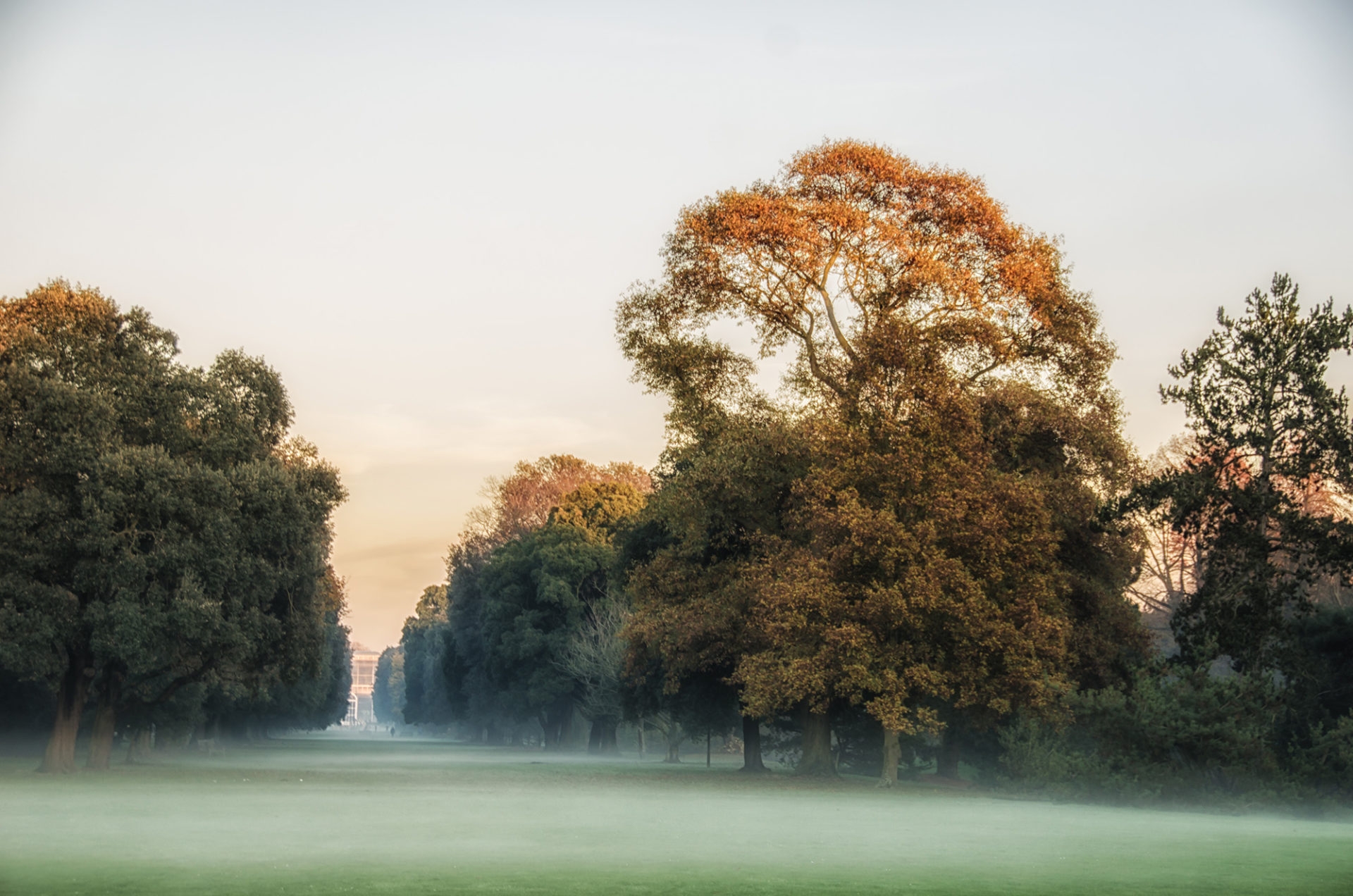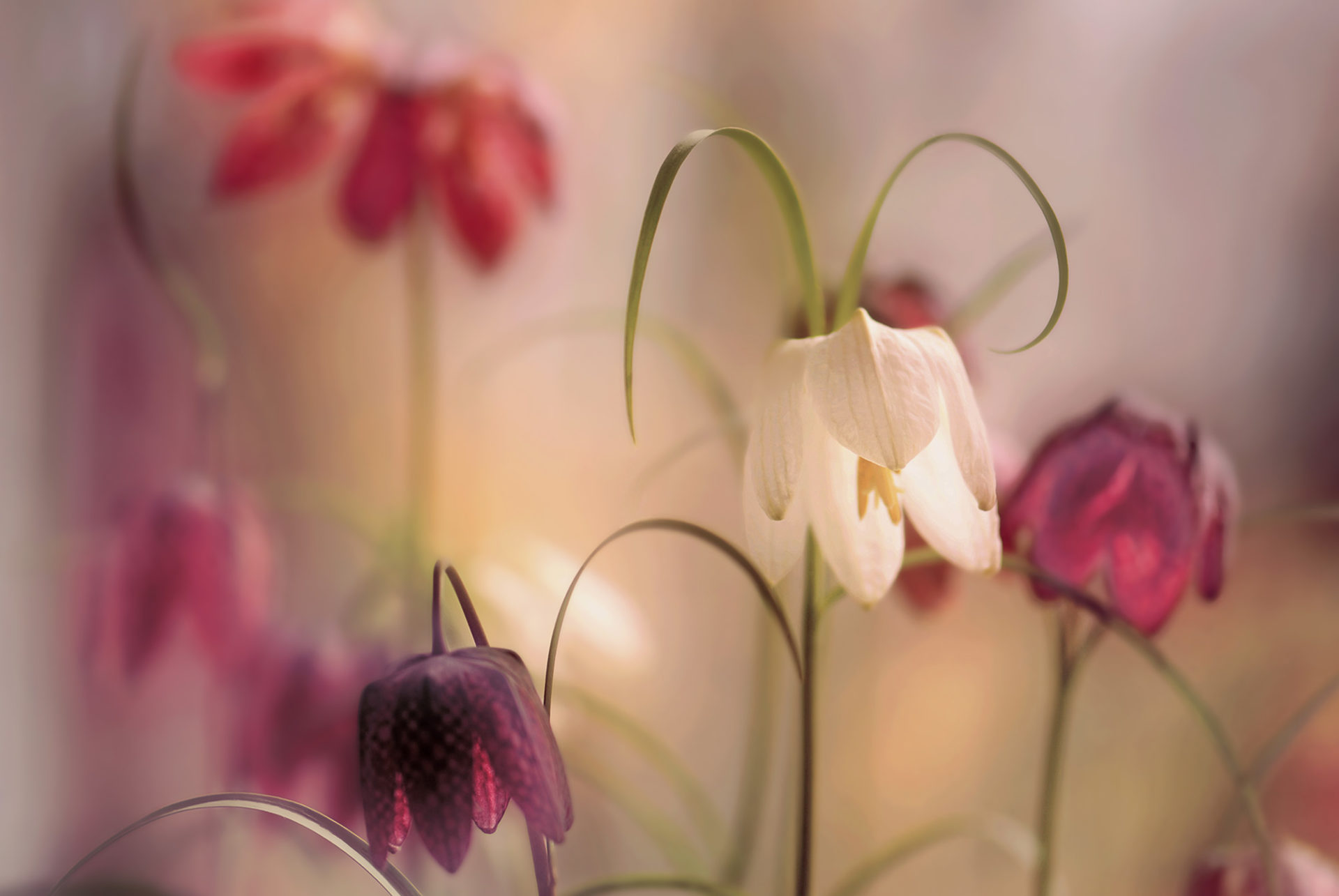Blog
The Art of Thinking
We all want to take photographs that have meaning, but understanding how to effectively communicate this through photography can be tricky. Macro photography offers many opportunities to say something different about the natural world and it’s this unique interpretation that is important. To help us . . .
Continue reading...
Artistic Impact
With a lot of art, just starting can be the hardest part. If you're having trouble finding out where to begin with the Macro Art Photo Project or need some inspiration, we asked macro art specialist and IGPOTY Royal Photographic Society representative for Competition 11, John Humphrey, to shed some . . .
Continue reading...
A Winning Identity
Congratulations to Simon Hadleigh-Sparks for his winning image of a magnificent maple tree at the Savill Garden. Judges were impressed by not just the composition, choice of subject and technical ability, but also by its emotional impact. The image manages to communicate something beyond competency . . .
Continue reading...
A Different Way of Seeing
Thinking about an infrared capture for the Black & White Photo Project? Michael Hudson, winner of last competition’s, talks us through his capture.
How much planning was involved? Did you go out with an idea of the kind of shot you wanted?
I was on holiday with my family in the area and I . . .
Continue reading...
Layers of Realism
Black and white has so much to offer the genre of garden photography. In fact, the thought process behind many black and white images reveals how photographers are encouraged to engage with subjects in a nuanced, emotional and somewhat deeper way, accessing a rich narrative of artistic story . . .
Continue reading...
Black & White Backlight
With the Black & White Photo Project deadline rapidly approaching it’s good to revisit genre specific skills and take a look at some interesting techniques to complement your style. In this post, Digital Camera magazine’s Claire Gillo takes a look at backlighting. Light your object from behind . . .
Continue reading...
Cerrado Sunrise, the Winner of the International Garden Photographer of the Year Competition 11
A huge thank you and congratulations to all of our winning photographers who have once again captured the incredible beauty, diversity and importance of plant life, from the wilds of Patagonia to the English country garden. A special congratulations goes to Marcio Cabral, of Brasilia, Brazil, who is . . .
Continue reading...
The Botanical Year Starts Here
It’s almost February and that means it’s almost time to reveal the winners of the International Garden Photographer of the Year Competition 11. Winners will be made public and available to view online from February 9 2018, with the exhibition at Royal Botanic Gardens, Kew opening to the public on . . .
Continue reading...
Threatened Beauty
Central to IGPOTY as an organisation is to display photography that has meaning and purpose. The images we exhibit lead a global conversation in how we think about plants and gardens, the importance they have on our lives as citizens of a diverse green planet and the responsibility we share in . . .
Continue reading...
Thank you for entering Competition 11
Thank you all so much to everyone who entered Competition 11, and thank you for your patience as we experienced unprecedented demand. The hard part is over, now sit back and relax whilst the IGPOTY judges get to work.
If you haven’t entered IGPOTY this year the shortlisting procedure is as . . .
Continue reading...
Competition 11 will now close November 1 2017
It’s almost the end of October and that means the end of the competition year. We’ve been hard at work to make the competition better than ever, with more benefits for photographers than ever before.
So If you haven’t entered, are wondering what IGPOTY is all about or are considering being part of . . .
Continue reading...
Raising the Profile
Here at IGPOTY we have a competition vision that encourages everyone to creatively engage with nature. If we’re saying we believe everyone has the ability to be involved then everyone needs their own individual space to track their journey, publicise their achievements and expose their work to the . . .
Continue reading...











